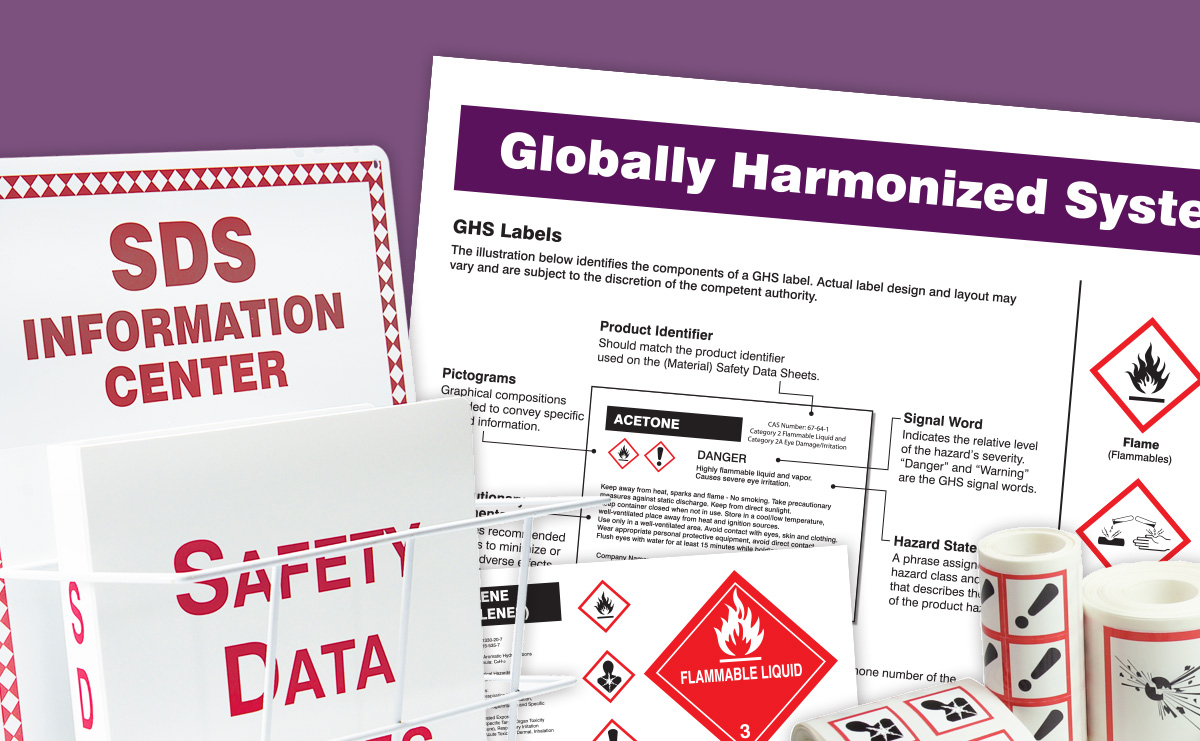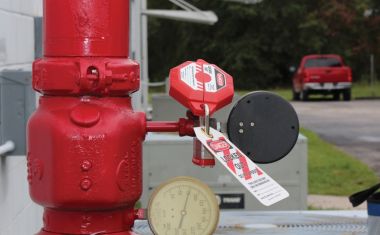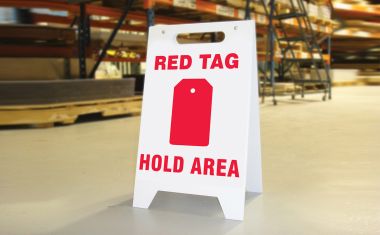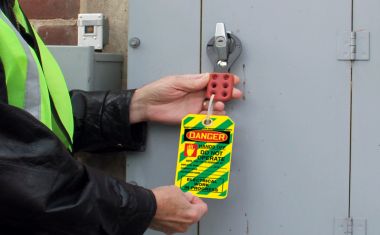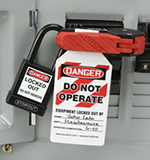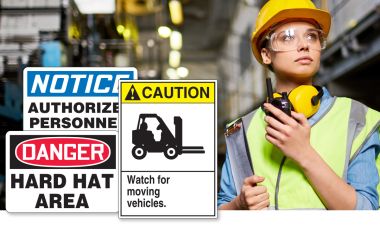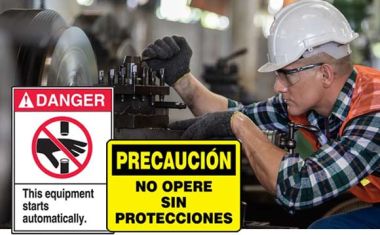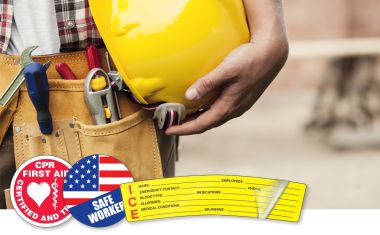GHS - 1 Year in, Where Are We?
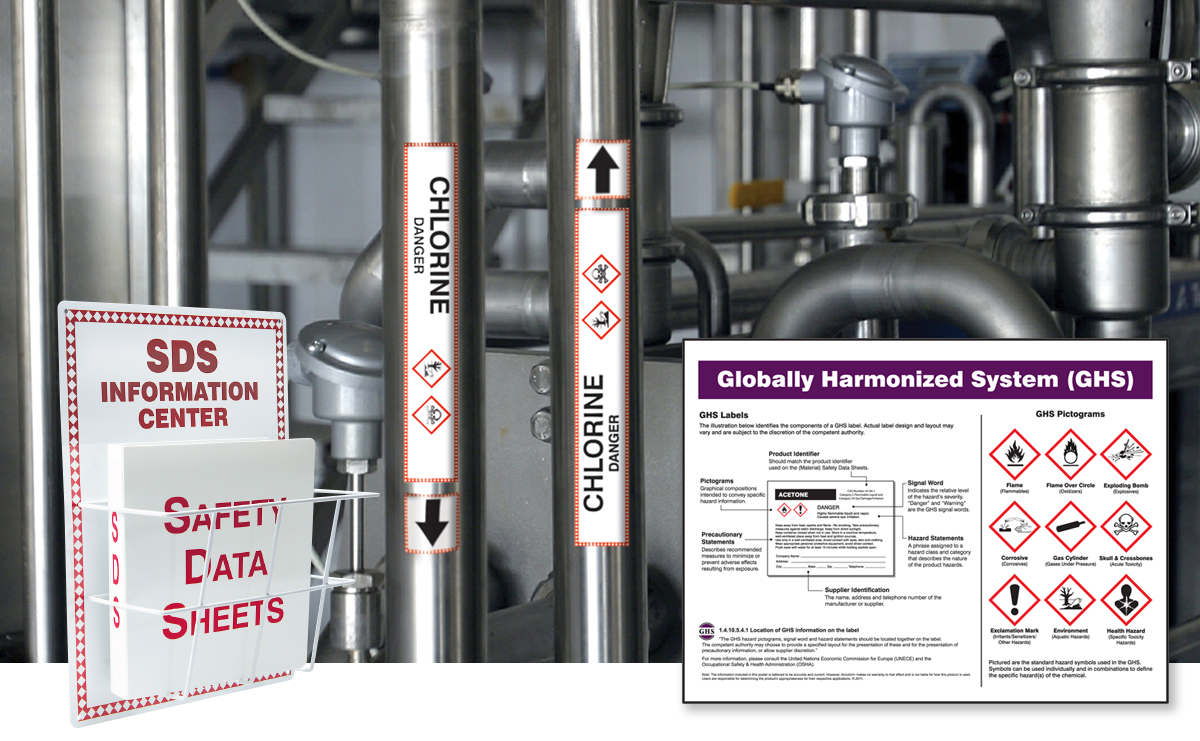
The Globally Harmonized System of Classification and labeling of Chemicals (GHS) update to alternative workplace labeling, hazardous communication programs, and training had an effective date of June 1, 2016. But we’re one year into the effective completion date for GHS and over 5, 677 citations were issued in 2016.
Maybe it’s time to get back to GHS basics
With more than 32 million workers exposed to hazardous elements in the products and materials they handle, classification and labeling of chemicals is not only the most effective way to keep others informed – it’s also required by the updated Hazard Communication Standard (HCS) put in place by OSHA.
The Hazard Communication standard addresses chemical hazards – both chemicals produced in the workplace and those imported into the workplace. It also governs the communication of those hazards to workers to align with GHS.
GHS is a worldwide program established by the United Nations Conference on the Environment and Development (UNCED) in 1992. The goal of GHS is to create a unified system for identifying and communicating hazardous chemicals. Read here for more information and guidelines on GHS.
Per OSHA, GHS is a logical and comprehensive approach to:
- Defining health, physical, and environmental hazards of chemicals
- Creating classification processes that use available data on chemicals for comparison with the defined hazard criteria
- Communicating hazard information, as well as protective measures , on labels and Safety Data Sheets (SDS)
Are we getting closer to GHS compliance across the board?
Nearly every industry is affected by GHS in one way or another. A recent survey conducted by the Occupational Health and Safety Magazine reveals that more than 21 percent of companies did not meet all GHS compliance requirements.
Manufacturers, distributors, and employers of heath care facilities, petrochemicals, paint manufacturing, medical offices, warehouses, transport equipment, and beyond are required to classify various chemicals or materials. Once classified, GHS describes the appropriate warning for them and standardizes how the information is displayed.
Implementing GHS ensures that chemical information on physical hazards and toxicity are in a consistent form for protecting human health and the environment.
How does your GHS System stack up?
OSHA still has big plans for GHS! GHS covers over 43 million workers and is expected to prevent over 500 workplace injuries and illnesses and 43 fatalities annually. Those are pretty big numbers. Did all businesses take the bait? For some businesses meeting the GHS deadline wasn’t a priority. Others understood the big picture and took the changes to compliance regulations seriously.
If you’re one of the businesses on the fence, take a closer look at the Top 5 Hazard Communication Violations in 2016 published by the National Safety Council and examine the GHS program in your workplace. You’ll be glad you did because anyone of these Haz-Com violations could cost you a hefty OSHA fine.
- 1910.1200(e)(1) Implementation of Haz-Com program – 1,833
- 1910.1200(h)(1) Training – 1,446
- 1910.1200(g)(8) Requirements to maintain SDS – 464
- 1910.1200 (g)(1) Requirement to develop SDS – 386
- 1910.122(h)(3)(iv) Explanation of label received on shipping containers. SDSs including the order of information, and how employees obtain and use appropriate hazard information – 335
For more information to help you with classifying and labeling chemicals or to get you on track with GHS compliance – visit this link.
